The Human-Centered Government
Learning Experience Design / 2014 - 2016
How might we empower government employees to design a more citizen-centered government?
Objective
Design and deliver a learning campaign for Federal, state and local government employees to gain a basic understanding of the Human-Centered Design (HCD) mindset and service design methodologies.
My Role
Lead Learning Experience Designer
I was responsible for all learning/content strategy, scriptwriting & storyboarding, and interactive web development throughout the curriculum. I also collaborated with video editors to produce all video content used in the campaign.
Design Tools Used:
Storyline 2, Illustrator, Premiere, Javascript, VideoScribe, WordPress
 Listing of the HCD course suite on GovLoop Academy.
Listing of the HCD course suite on GovLoop Academy.
The Story
Every government agency has a responsibility to focus its efforts on fulfilling the needs of its citizens. However, it’s unfortunately all-too-common for competing interests to shift the discussion toward internal agendas and interests. We designed this curriculum to introduce the concept of HCD and its role in developing government products, services, and policies that put citizens and their needs at the center of decision-making.
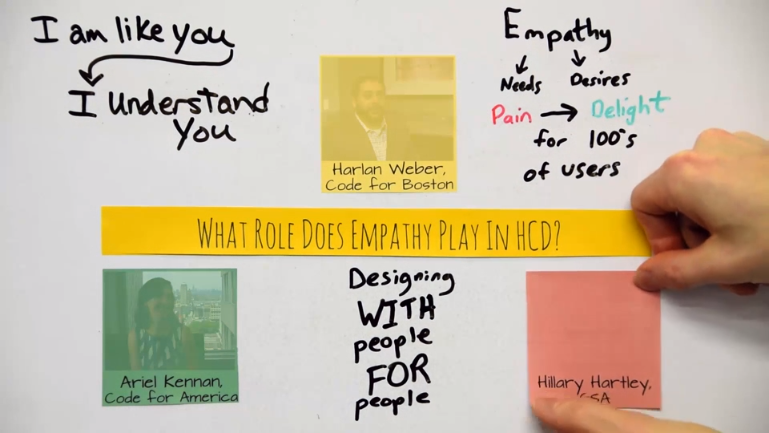 We asked HCD practitioners to share their stories withour users.
We asked HCD practitioners to share their stories withour users.
Our primary instructional strategy revolved around storytelling. We gave HCD practitioners throughout Federal, state and local government agencies a platform to share their stories of success, failure, and growth, to help learners break down their misconceptions about innnovation and change in government. After capturing these stories on video, we conducted an intensive research phase, pouring through the latest HCD resources from organizations like IDEO.org, +Acumen, and the LUMA Institute.
Making the Experience "Stick"
In order to push our learners from 'awareness' and 'understanding' to 'practical application', we wove highly interactive, hands-on activities throughout the courseware. As an example, instead of simply explaining the concept of divergence and rapid idea generation, we provided a sample scenario and conducted a virtual simulation of an idea generation exercise. Learners received custom-tailored responses to their inputs, and their ideas were implemented through the remainder of the lesson.

Learners learned about how to look at problems using different perspectives.

We provided learners with a well-known, yet authentic, scenario through which they would practice the stages of HCD.
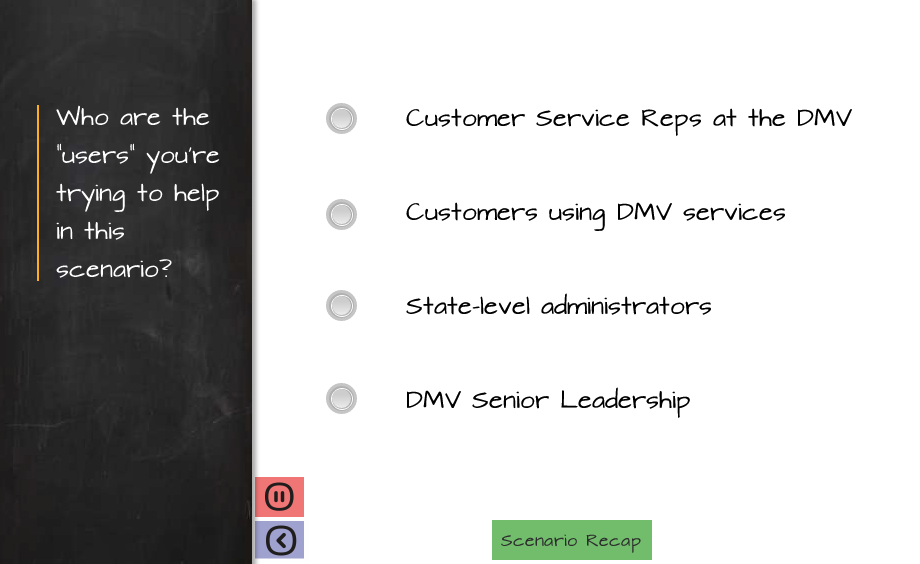
Learners were asked to use data to identify features about their target user groups.
Learners created a real persona, with a real avatar.
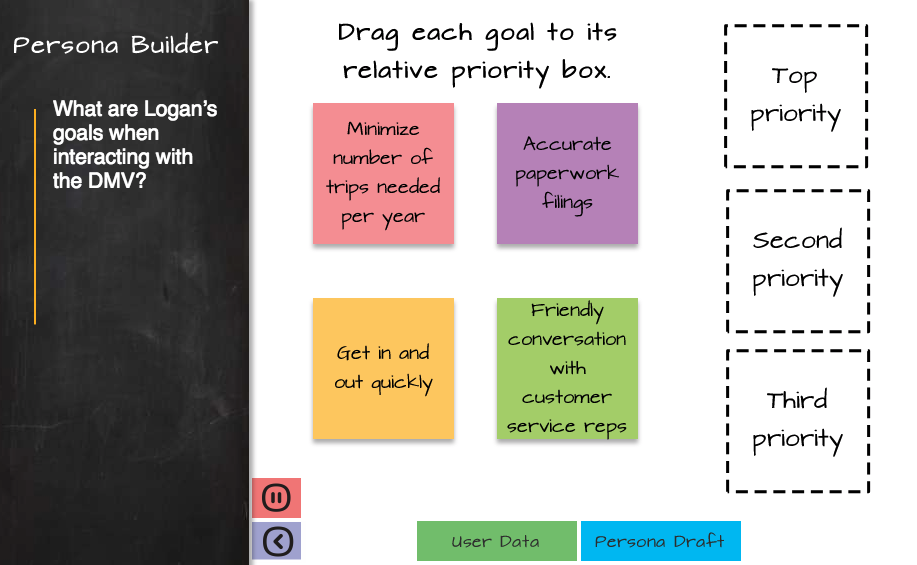
Learners identified persona motivations based on data.
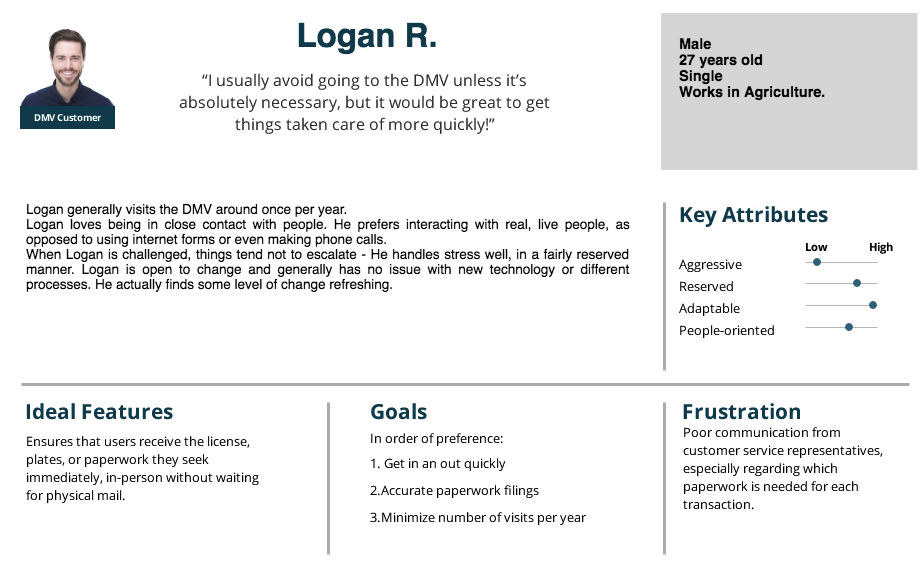
Learners complete a custom, downloadable PDF version of their persona.
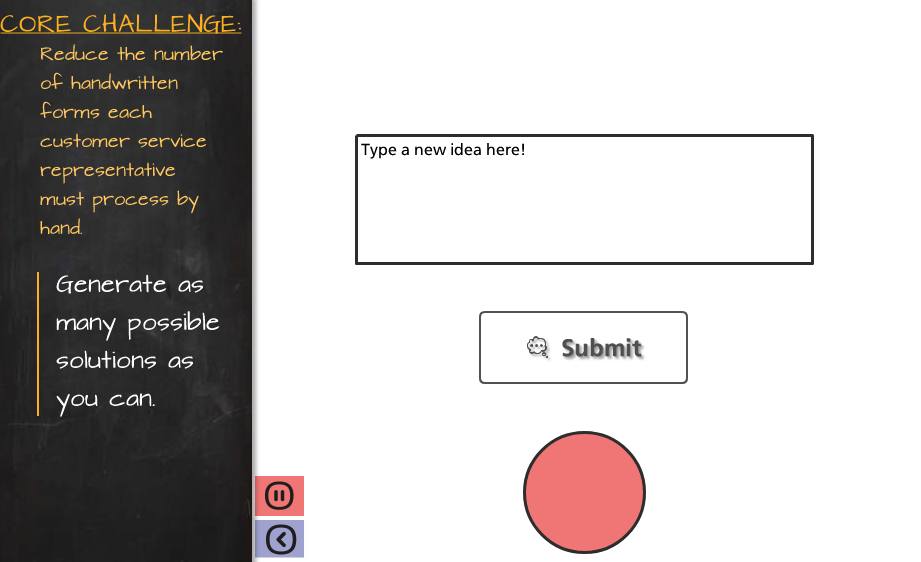
Learners practiced ideation within a simulated ideation session.
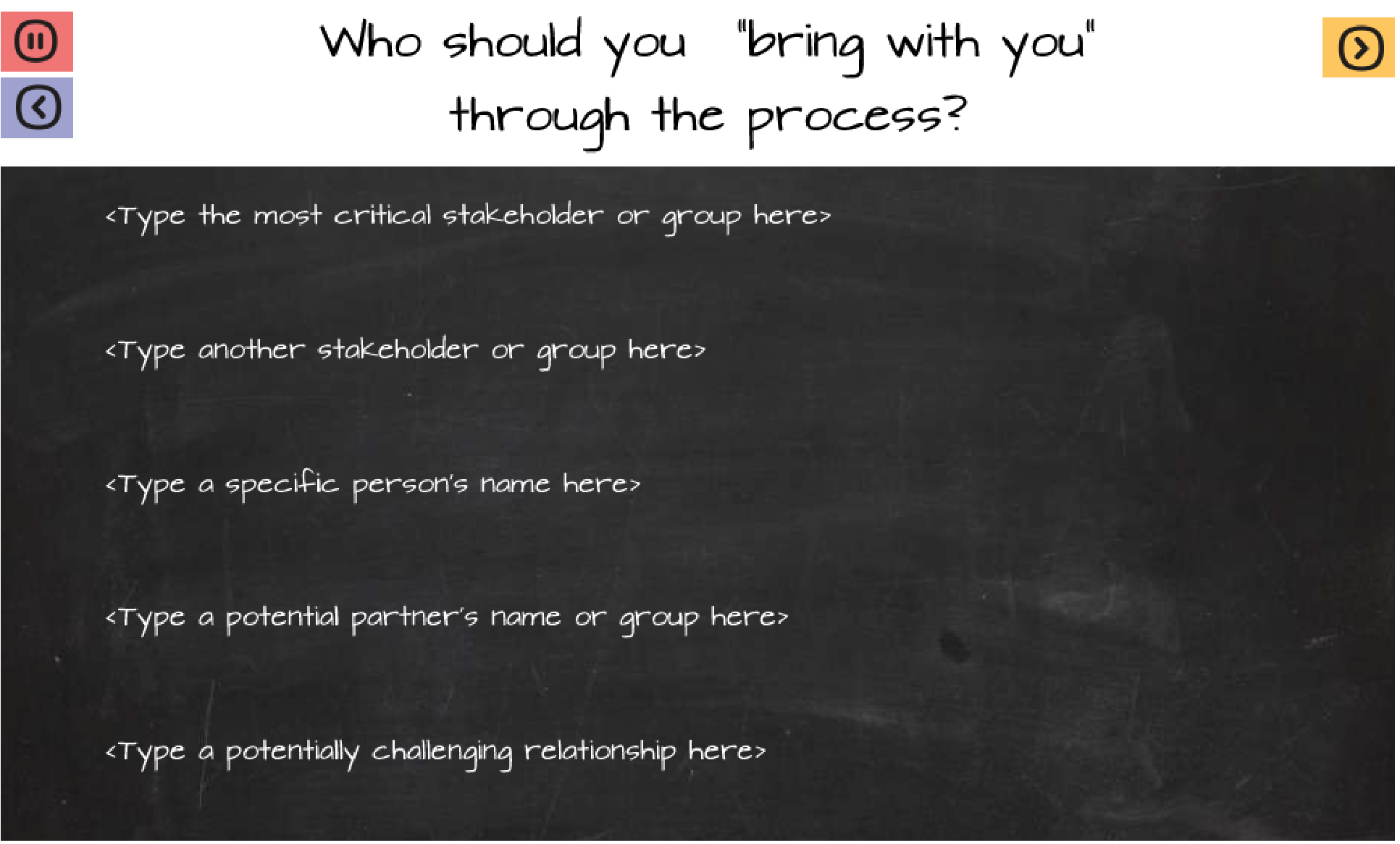
We provided learners with an action plan builder to use the HCD approach at their agencies.

Real world HCD case study in NYC.
Result
Over the course of a year, we published nearly two hours of HCD content on GovLoop Academy, broken across several courses. Are you interested in learning a little more about HCD? Great! All courses are available on-demand and completely free on GovLoop Academy.
The Human-Centered Design Mindset The Human-Centered Approach HCD In Action: NYC School Choice Program